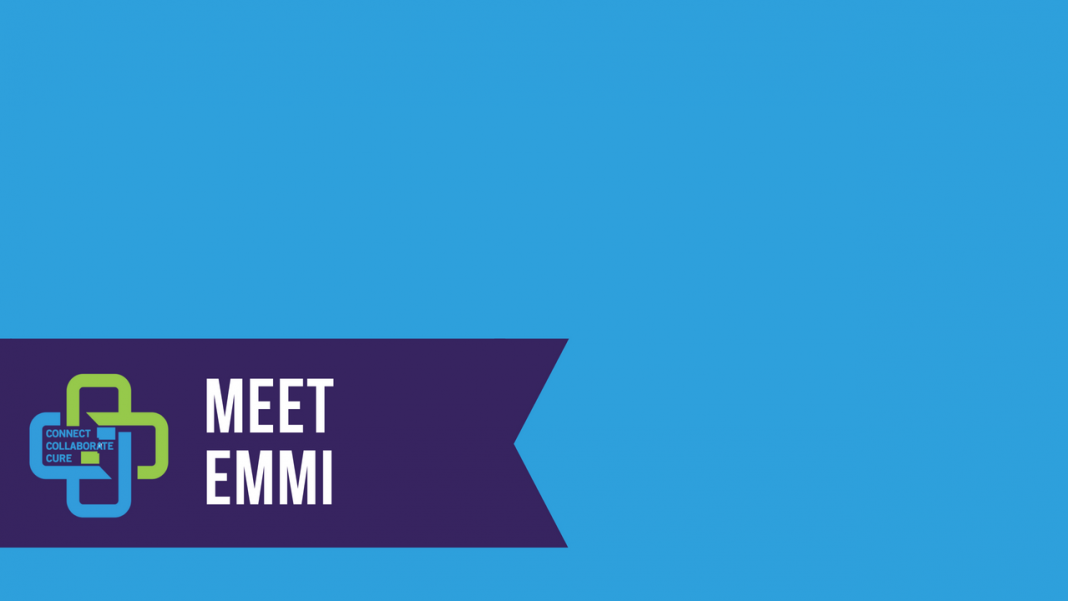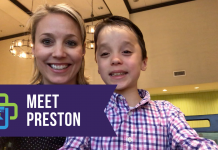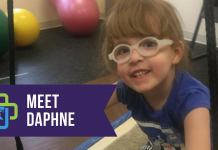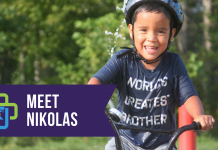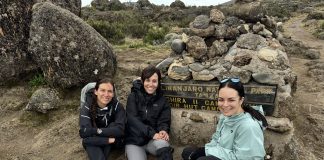In late 2009 I was given a presumptive diagnosis of Cowden’s syndrome (CS); this came about in a rather unusual way. A few months earlier I had visited my GP due to some small bumps which had been present on my palms and the soles of my feet for many years, and the bumps were increasing in number. It was not the first time I visited my GP about these, but I was again told the bumps were warts. I was convinced his opinion was wrong, so decided to try and diagnose them myself and see if there was some kind of treatment available. Although I am a dyslexia assessor and tutor for adults, I also taught anatomy and physiology in college so I was aware of good dermatology websites. Within 20 minutes, I had self-diagnosed the bumps (correctly as it turned out), and that led me to the knowledge that I fit the Cowden’s Syndrome diagnostic criteria. It was not a good moment when I found out it was a genetic condition with a high risk of breast cancer, especially as I have a daughter who had given birth to a daughter a few months earlier, and I had already had a mastectomy. I sat in front of my computer absolutely stunned, and devastated by the thought that if I did have the syndrome I may have passed it on to the people I love most in the world.
When I gathered myself together, my next move was to research to find a consultant who had experience diagnosing CS. Eventually, I found a cancer geneticist in Oxford; I emailed her and sent her my pathology reports. She messaged me to say that she thought I could have Cowden’s, and told me to get a GP referral to her clinic. After a thorough consultation with her and her team, I was told they were sure I had CS. To confirm the diagnosis PTEN and then SDHB/D gene mutation tests were carried out; apart from finding a variant of one gene, the results showed no mutations, so I retained my ‘presumptive’ diagnosis. In 2012 I was enrolled in Professor Eng’s PTEN study for further testing on my DNA. Results have come back confirming the PTEN tests performed in the UK, but I am still awaiting the results of other tests.
My presumptive CS diagnosis came five years after I was diagnosed with breast cancer and a year after being diagnosed with pre-cancer of the uterus. My breast cancer consultant was not aware of the diagnosis until I gave him a copy of the geneticist’s letter which stated her opinion that I had the syndrome. He was visibly taken aback and said he had never heard of CS. I was really surprised by his reply as he is a highly experienced breast cancer consultant. I thought his honest response revealed a gap in knowledge which was probably common to a number of other doctors who treated women for breast disease. At the end of the consultation, he stood up and shook my hand and thanked me for alerting him to the syndrome.
Before I left his office he contacted another breast cancer consultant, and I was invited to be involved in my local hospital’s medical education program. Twice a year, I have the opportunity to inform medical students about the signs and symptoms of CS, and I let them know that it is under-diagnosed because many doctors are not aware of the significance of the typical skin and/or oral mucous membrane lumps and bumps seen on the majority of people with CS. They are always interested to hear about the syndrome and grateful for the opportunity to see the skin signs.
In my opinion, given the high lifetime risk of women with CS developing breast cancer, I think it is essential that all medical staff working in breast clinics are aware of CS and educated to recognize the visible signs. I was not a stranger to breast clinics, as I had a long history of benign breast problems; if a doctor had recognized that I had some of the skin signs associated with CS, I could have had the option of prophylactic surgery many years before a high grade malignant tumor developed in my breast. In my opinion, women who show visible signs of CS should not be able to walk out of a breast clinic oblivious to their risk of developing cancer – or yet another cancer – because the signs and symptoms of CS were missed due to a doctor’s insufficient knowledge of syndromes which confer a high breast cancer risk. It should not be an optional element of the job to know about rare syndromes.
Via the internet, I have read the experiences of others who live with CS, and regardless of location in the world, it is clear that many are frustrated by their journey in healthcare systems. Difficulties in getting a diagnosis, access to doctors with specialist knowledge and expertise, poor coordination of healthcare following diagnosis, inadequate follow-up and lack of provision of patient-friendly information about CS are some of the common issues which cause great stress. Add to that the challenges of juggling work and medical appointments; feelings of isolation; financial worries; guilt of passing CS on to one’s children and uncertainty about what CS will bring in the future makes living with the condition a test of endurance. Fortunately, the creation of the PTEN Hamartoma Tumor Syndrome Foundation offers the opportunity for the voices of those with CS to unite and amplify to create a greater awareness of the condition, as well as facilitating those with CS and health professionals to share experiences and knowledge for mutual benefit.


